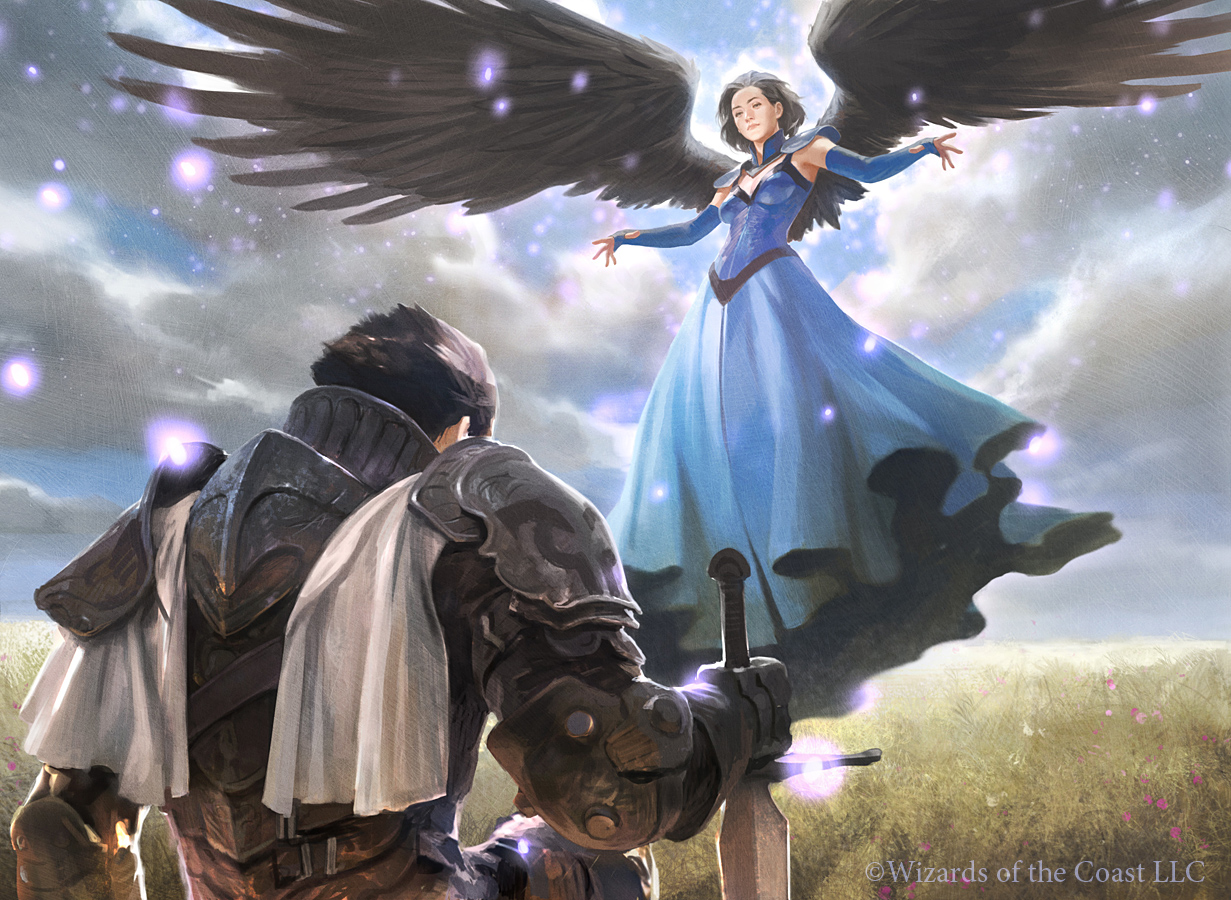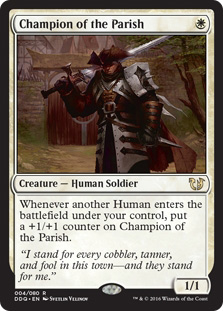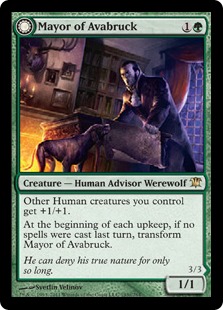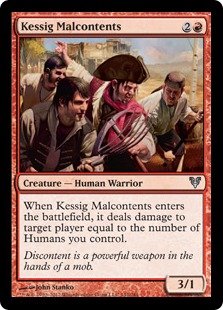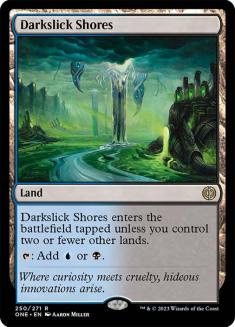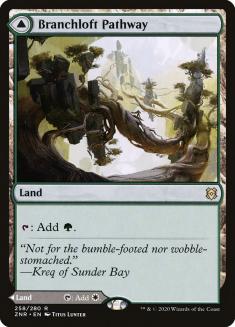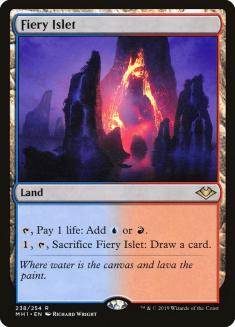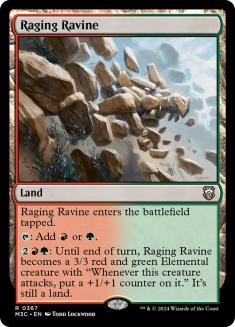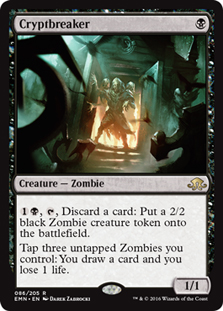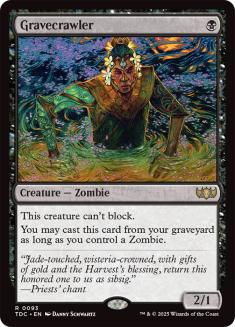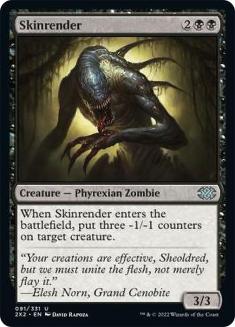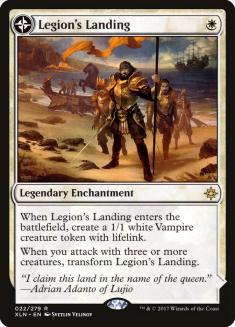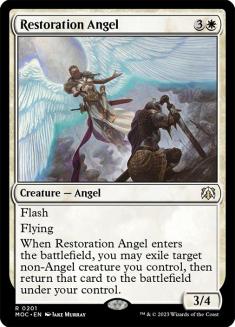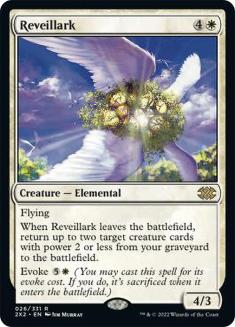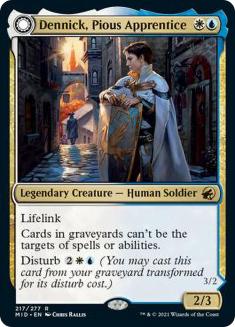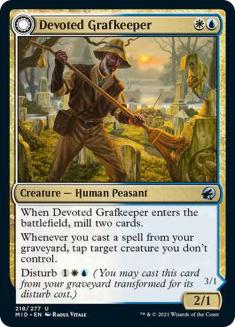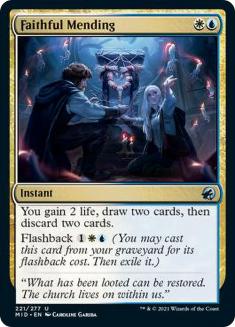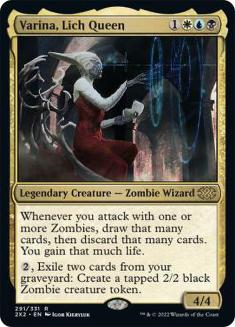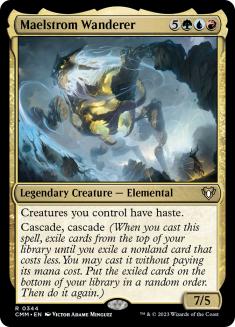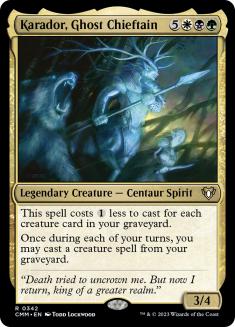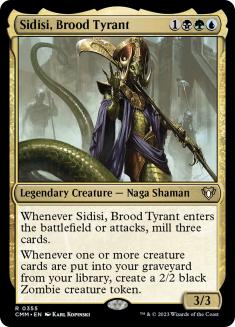It’s a bit hard for me to believe that Halloween was already a full month ago. Perhaps this is how everybody comes to feel in their thirties, or perhaps it’s due to the state of the world as of late, but the passage of time has become increasingly mystifying for me lately. There’s never enough and it always goes too slow. This is all to say that last year I got a bit ahead of Halloween introducing my Spooky Cube here on Star City Games dot com and this year I’m a bit behind schedule with a funky new update for your consideration. Forgive me for missing the official spooky season on this one, and join me in carrying some of the chaotic energy of Halloween with us year-round.
A Twobert with heavy graveyard-centric themes was one of the first ideas that I had once I had become convinced of the 180-card Cube model. I wasn’t the only one thinking on these lines, and my friend Pat McGregor actually beat me to the punch on constructing such a Cube. His environment had a lot of what I’ve come to love about Spooky Cube, including support for madness and delirium as macro-archetypes. A significant difference in Pat’s design was the exclusion of the color white — something that I generally advise Cube designers to consider when designing a graveyard Cube.
White just doesn’t get a lot of general support for graveyard strategies, and what it does get doesn’t always overlap well with other colors. White has been getting a little bit more graveyard support all the time, but most of its strength relative to graveyard strategies tends to be around sacrifice themes, which it offers decent support to, but even there it gets fewer and less powerful goodies on average than black and red. My 360-card Spooky Cube addresses this issue in a similar fashion to the plane of Innistrad, which is by cultivating a “Humans versus the monsters” aesthetic with white being the base color for Human tribal. When I first considered designing a Spooky Twobert, I was more or less convinced that cutting white made more sense than seeding a rigid Humans archetype in a small Cube, but a couple of things have changed between now and then.
A pair of Innistrad sets definitely motivated me to tune up Spooky Cube, though they honestly provided more for Humans tribal than they did white-based graveyard themes. The more significant draw to me revisiting Spooky Cube was my work on the Modular Twobert model. Spooky Cube already had two major themes that could easily be divided, and I had a short-lived Twobert project that I had worked on previously which showed me that Human tribal could be engaging even in a small Cube.
So I set about designing two Twoberts with no overlap to be drafted independently or together — The Spooky Cube Humans and Monster Modules. You can find the lists for these on Cube Cobra here and here, respectively. Both Twoberts can be shuffled together for six- or eight-player drafts that overlap heavily with my 360-card Spooky Cube. When drafted independently they offer two very different experiences.
The Humans Module
The Humans Module was very easy to put together in terms of the color white. Every creature is a Human, and a couple of generically powerful spells round out the list. The major addition for white is Kenrith, the Returned King, a card that I really liked in the other Twobert I worked on with Humans tribal as a theme. Gameplay for this module only dips very slightly into the graveyard, and just having a few more heavy-hitter creatures makes the gameplay more exciting. On that note, I did raise the power level of the Cube in order to make it a modular environment, with much of the pressure to do this coming from making the color white interesting. This is more pronounced in the Monster Module, but Kenrith is an exemplar of this.
When you look at the other colors, you’ll actually find that most every creature in this half of the Cube is a Human! We see a Wolf in Nightpack Ambusher, some Werewolves that lose their Human status, and a bunch of Clones, but in general this Cube is set up so that you’ll easily be able to take advantage of any Human synergies. Thalia’s Lieutenant has rarely looked better!
There’s a nod to a sacrifice theme here with a small number of sacrifice outlets and payoffs, as well as rather robust support for a spells-matter theme. I actually ramped up the quality of noncreature spells in blue to adjust to the additional haymakers, with some powerful counterspells absent from my original Spooky Cube added to the spread.
The mana-fixing lands in the Humans Module offer fairly tame fixing, which is by design. With the gameplay largely being centered around creatures on the battlefield, drafts can quickly devolve into just taking good lands and spells and not caring all that much about assembling a cohesive deck if you let them. Fastlands and Pathways are great lands, but they’re not free to put in decks that are very hungry for colored mana and looking to play longer games. Horizon lands accomplish a similar purpose, but sadly we still don’t have a full set of allied lands of this nature, so I rounded the list out with allied creature-lands, which offer a little more strength to decks with midrange and controlling slants.
This half of the Cube plays the sort of Magic that most players will have little trouble adjusting to, with most of the games centering around creatures and removal spells. This matches the aesthetic tone as a contrast to the Monster Module. The Humans side of things looks generally inviting and the draft and games are familiar enough, and then the Monster Module introduces and ramps up the unconventional archetypes.
The Monster Module
The Monster Module is much closer to what the Cube would look like if I boiled my 360-card Spooky Cube down into one Twobert. Graveyard themes are aplenty, and the cards overwhelmingly are reliant on some synergies to be at their most effective. There are quite a few Humans peppered in on this side of the Cube, which is essential to making Humans a draftable archetype in the 360-card environment, though the fact that these creatures are Humans is irrelevant when this Twobert is drafted independently. Similarly, you see some Humans that care about graveyard interactions in the Human Module. I’m a big fan of cards that function significantly differently in the 180- and 360-card environments, and I believe this contributes to replayability.
Zombie, on the other hand, is a relevant creature type here. Most of black’s creature slots work toward Zombie tribal, bolstered by some blue Zombies as well as Clone effects. This archetype falls off significantly relative to Humans in the 360-card Cube, but the Zombie synergies are generally easier to achieve with a small number of Zombies while also offering support to other archetypes.
Many of the white cards in the Monster Module were pulled directly from my older Spooky Cube, but a couple of huge upgrades were introduced here. Restoration Angel was cut for being too generically good from Spooky Cube years ago, and Reveillark was never included for similar reasons. The general increase in the power of the desired archetypes with new cards over the years and the intentional increase in the power level of the Cube mitigate my previous concerns. Legion’s Landing also joins the spread as a great tool for aggressive sacrifice decks.
Beyond that, much of what remains is a direct port from the 360-card list. Madness, delirium, and Spider Spawning were all cleanly ported into this Twobert. I will say that Innistrad: Midnight Hunt contributed significantly to this project, even if only a small number of cards reflect this. Azorius has been a difficult color pair for Spooky Cube since its inception, with Spirits being a total failure and blink strategies being a bit tough to balance previously. Devoted Grafkeeper and Faithful Mending are perfect for the environment, and have been incredible additions. I’m also quite fond of Dennick, Pious Apprentice on the Humans side of things.
Some other changes are fairly minor. I added Lurrus of the Dream-Den with the expectation that nobody will ever companion it, and Lurrus is a totally honest maindeck card and welcome addition. I had eschewed Lingering Souls previously for being an Orzhov card that didn’t cater to either of the tribes that I was trying to support, but it’s another card that offers a “safe” draft pick as players figure out their lanes and is more welcome with the increase in power level to the Cube. I also added Blasting Station as an additional sacrifice outlet that has some explosive potential but isn’t as game-breaking as Goblin Bombardment, which I think would have been a bridge too far even with the bump in power level.
The mana-fixing in the Monster Module is just fetchlands and shocklands, which in my experience can fairly easily lead to three- and sometimes four-color decks. The damage from these lands stops players from going overboard. Prismatic Vista and Fabled Passage show up here to promote playing more colors as well, and all of these lands bolster delirium. There’s also a cycle of monocolored utility lands that I’ve always found charming in the 360-card Cube, with Agadeem’s Awakening showing up as a “spell” for black.
Putting It All Together
Of course, this is a Modular Cube, so it makes some sense to talk about the 360-card environment in some more detail. Ultimately it is generally true to my original Spooky Cube with a slightly ramped-up power level and a downgrade to mana-fixing with Pathways supplanting original duals. I don’t see any harm in playing with original duals if you have them, but the mana-fixing lands already featured do a good job of supporting three-color decks as is.
On that note, one of the more significant differences between my old Spooky Cube and the Modular Spooky Cube is the dismissal of the cycle of three-color cards. Alesha, Who Smiles at Death was snuck into the red column of the Human Module, but I had to bid farewell to the true three-color cards.
Karador was the most difficult of the lot for me to let go of. When I tried a version of a Spooky Twobert with the three-color cards, though, I found that they were far too restrictive on drafters. I do believe that three-color cards can work in a Twobert, but I would want to see them in a Cube that’s pushing gold as a theme more than just having a handful of cards that are generally difficult to cast. If you want to support Niv-Mizzet Reborn and Golos, Tireless Pilgrim and a bunch of other gold cards with a ton of mana-fixing lands, then I’m on board. They just didn’t fit here very naturally. With both Twoberts featuring three gold slots for every color pair, the ten three-color slots went toward bumping the total number of two-color cards from 50 to 60.
I’ve been really enjoying both of these Twoberts independently as well as the 360-card Draft environment, which pays homage to Innistrad loudly and to Odyssey block more quietly. The Monster Module is awesome for when I want a Spooky fix but only have a small group to draft with, the Humans Module is a new and different Draft experience, and the two combine to form the first Cube that I ever truly loved.

